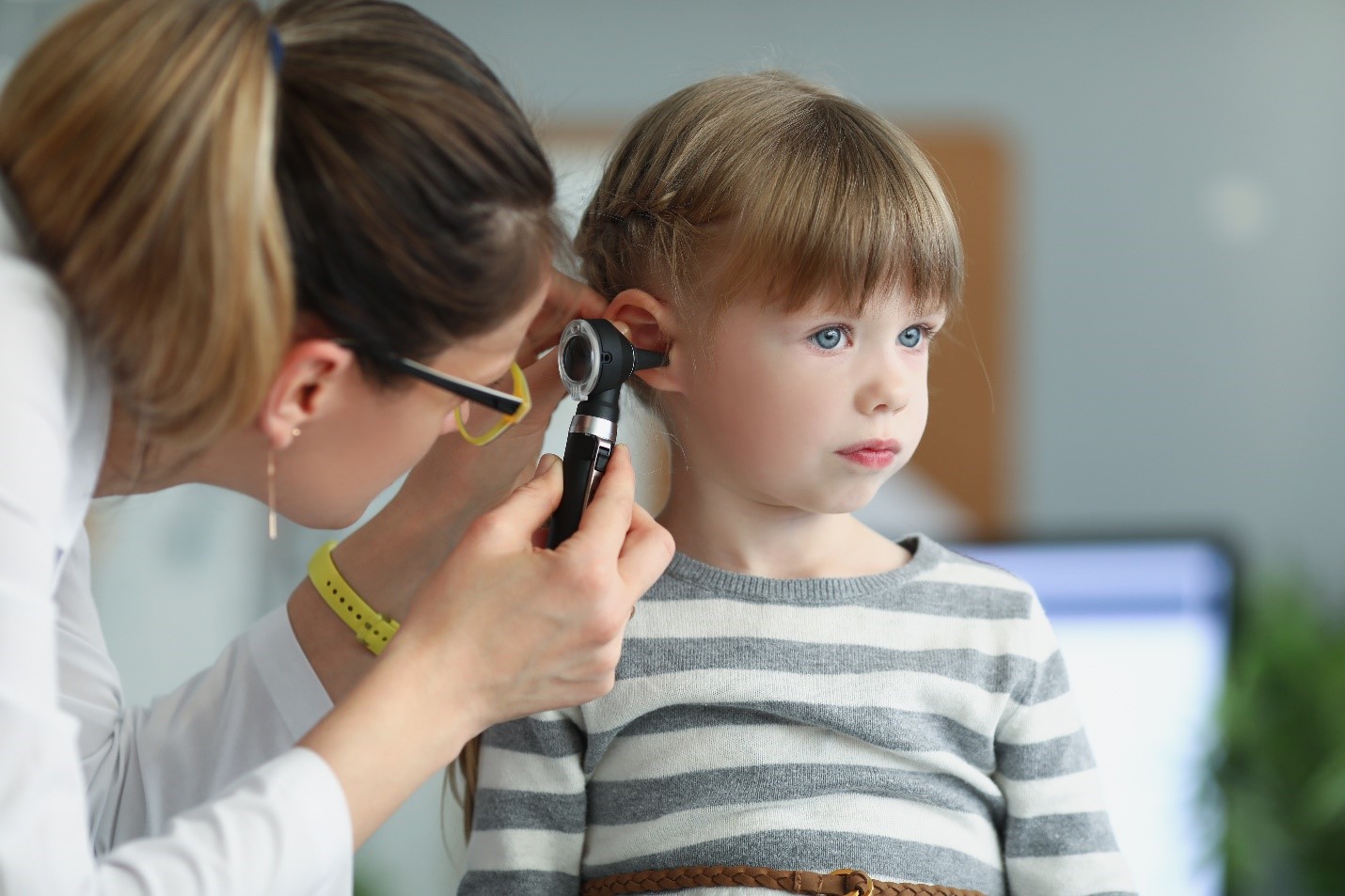Why Ear Infections Are So Common
Children’s eustachian tubes sit almost horizontal and remain short and narrow until school age. When a cold inflames the tube lining, fluid pools behind the eardrum, creating the perfect breeding ground for bacteria such as Streptococcus pneumoniae and Haemophilus influenzae. Roughly one in four kids experiences at least one infection before age two, according to the Centers for Disease Control and Prevention (CDC ear infection facts).
Otitis Media 101
| Type | Hallmark Sign | Treatment Path | Contagious? |
| Acute Otitis Media (AOM) | Bulging, red eardrum; sudden pain | May need antibiotics if severe | No |
| Otitis Media with Effusion (OME) | Fluid behind eardrum, little pain | Watchful waiting, hearing check | No |
| Otitis Externa (“Swimmer’s Ear”) | Ear‑canal itch, pain when tugging lobe | Topical antibiotic drops | Mildly (water contact) |
Top Misconceptions—And The Real Science
Myth 1: “Every Ear Infection Needs Antibiotics”
Reality: Up to 80 percent of AOM cases resolve on their own within 72 hours.¹ Guidelines from the American Academy of Pediatrics recommend a “wait‑and‑see” approach for kids over two with mild symptoms—reducing unnecessary antibiotic use and resistance risk.
Myth 2: “Pulling on the Ear Equals Infection”
Reality: Babies tug ears when teething, exploring, or just bored. Combine behavior with other signs—fever, night waking, reduced appetite—before assuming infection.
Myth 3: “If Fever Is Gone, Infection Is Gone”
Reality: Fever often breaks before fluid clears. Prematurely stopping antibiotic drops can allow bacteria to rebound and encourage resistant strains.
Myth 4: “Swimming Causes Middle‑Ear Infections”
Reality: Pool water triggers otitis externa, not AOM. Middle‑ear infections stem from respiratory viruses, not chlorinated water.
Recognising Ear Infection Symptoms
| Age | Typical Signs |
| Under 1 year | Sudden irritability, pulling at ear, reduced feeding |
| 1–3 years | Fever > 38 °C, night waking, balance issues |
| 4+ years | Ear fullness, muffled hearing, “popping” sounds |
A 2022 JAMA Pediatrics study found that a combination of fever + ear tugging + sleep disruption predicts AOM with 75 percent accuracy.²
Home Comfort Measures (While You Monitor)
- Pain relief: Weight‑based acetaminophen or ibuprofen eases pressure.
- Upright feeds: Holding infants at a 45‑degree angle improves eustachian drainage.
- Warm compress: 10 minutes on, 20 minutes off; reduces outer‑ear soreness.
- Nasal saline + gentle suction: Clears congestion that blocks ear tubes.
Avoid over‑the‑counter ear drops unless prescribed—some contain benzocaine, which can numb the throat if leak‑back occurs.
When to Seek Immediate Care
- Age under 6 months with any suspected ear pain
- Fever ≥ 39 °C that lasts more than 48 hours
- Drainage that’s bloody or foul‑smelling
- Facial droop or inability to close one eye (possible nerve involvement)
- Swelling behind the ear or ear pushed forward (mastoiditis warning)
Check our Same‑Day Sick Visits page for walk‑in hours and phone triage.
What to Expect at a Clinic Visit
- Otoscope exam: We look for bulging, colour, and mobility of the eardrum.
- Tympanometry: A quick puff of air assesses fluid stiffness.
- Decision matrix: Severity, age, and risk factors guide antibiotic choice or observation.
- Follow‑up plan: If no antibiotics are given, we schedule a recheck or provide clear return precautions.
Good news: Proper antibiotic courses drop pain scores within 24 hours in most severe AOM cases.
Preventive Steps That Actually Work
| Strategy | Evidence |
| Annual flu shot | Reduces ear infection risk by 50 percent during flu season.³ |
| Breastfeeding ≥ 6 months | Transfers antibodies that cut AOM episodes by one‑third. |
| Smoke‑free home/car | Second‑hand smoke inflames eustachian tubes—doubling infection odds. |
| Limit pacifier time | Continuous sucking creates negative pressure and fluid build‑up. |
| Up‑to‑date vaccines | Pneumococcal and Hib shots target common bacterial culprits. |
For pool lovers: drying ears with a soft towel and tilting the head side‑to‑side helps prevent swimmer’s ear—though it won’t stop middle‑ear infections.
Hearing Checks Matter
Persistent OME can muffle sounds and delay speech. Schedule an audiology test if fluid lingers beyond three months or if your toddler’s vocabulary stalls. Early tympanostomy tubes drain fluid and restore hearing in 90 percent of chronic cases.
External Resources for Extra Assurance
- HealthyChildren.org Ear Pain Guide – AAP’s parent portal on symptoms and care.
- Mayo Clinic Otitis Media Overview – Deep dive into complications and prevention.
Both links open in new tabs, so you can keep reading without losing your place here.
Healthy Ears, Happy Kids
Armed with solid science—minus the myths—you can tackle ear pain confidently, knowing when to soothe at home and when to head our way for that expert peek behind the drum.
Need Quick Relief?
Walk‑in ear exams daily—our pediatricians diagnose and treat ear infections on the spot.







